Homemade stoves for a bath: types of designs
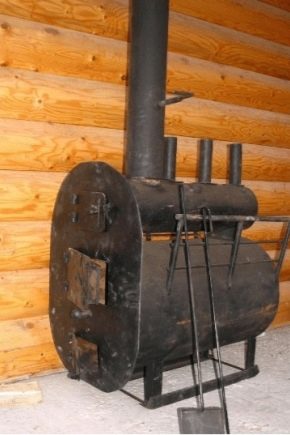
Today, on the construction market, you can buy different models of stoves that run on wood and gas. Their price is high, while there is no guarantee that they will last a long time. Therefore, many make them with their own hands. After all, it is not difficult to design a stove, the only thing that is needed is instructions and advice from experienced specialists.

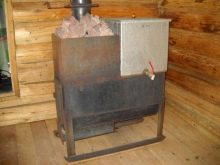
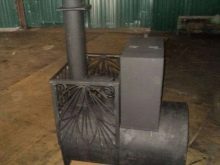
Peculiarities
When building a bath, the main attention should be paid to the stove. By constructing it, a person takes on a great responsibility, especially if he builds it himself. Judging by the reviews, it is economical, profitable, and besides, there is always an opportunity to do everything according to an individual project.
A homemade sauna stove generates heat and hot steam during the combustion process. At the same time, she warms up not only the steam room, but also the dressing room. Therefore, having installed such a stove, it remains only to heat it well and wash with pleasure.
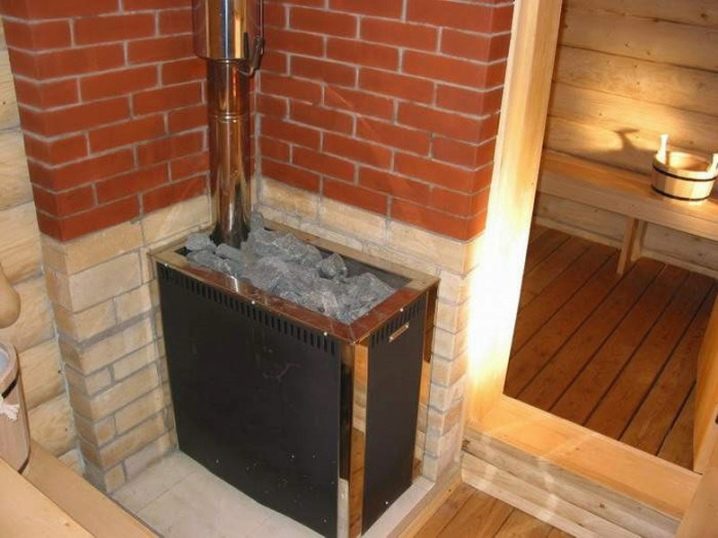
Any stove, whether it is home-made or bought ready-made, has a stove available - a container where stones, a firebox and a container for water are stacked.
The firebox has a door through which firewood is loaded, and an ash pan, where ash remains after the combustion of fuel. From the fuel chamber, hot air rises into the stone container, where they are laid out on a special grate that connects the firebox and the stove. Further, after giving off part of the heat to the stones, the hot air enters the container, where it heats the water.
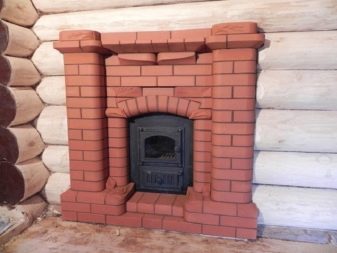
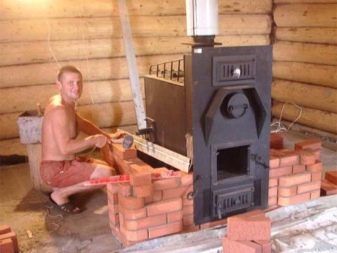
Regardless of what material the oven is made of, it will have both disadvantages and advantages.
Advantages
To begin with, it is worth considering the advantages of homemade metal stoves:
- the product is lightweight, so it can be moved from one room to another;
- the material is durable, so it can last much longer than a factory furnace, the metal base of which is much thinner;
- easily tolerates temperature conditions and has good thermal conductivity, which allows you to quickly warm up the room;
- easy to assemble and install.
Anyone who knows how to use welding can build such a structure.

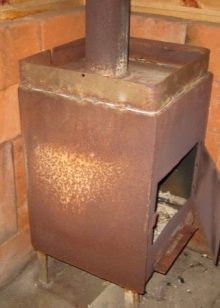
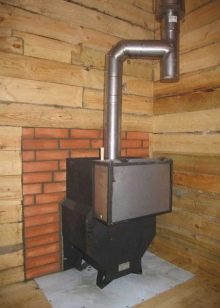
disadvantages
But everything cannot be perfect, therefore such a stove also has a number of disadvantages:
- Temperature change. Although the metal heats up quickly, it cools down just as quickly.
- Also, hot air emanating from the metal spreads unevenly throughout the room.
But these disadvantages are not so significant and they can be tolerated, because there are much more advantages.
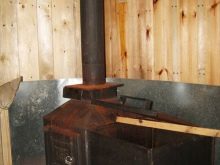

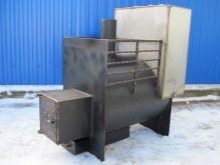
Views
Homemade stoves are very often used to heat a room. They can be built from either brick or metal. Both materials are used equally often and are popular.
Brick
Such furnaces have one drawback - they are heavy, so it is imperative to lay the foundation for them. For the laying of the heating chamber, refractory bricks are used, and red baked bricks are used for decoration. The mortar is made from clay and sand. It holds the brick well due to the use of clay and does not disintegrate at high temperatures. Cement cannot be used in the construction of the furnace, because when heated it will spill out.

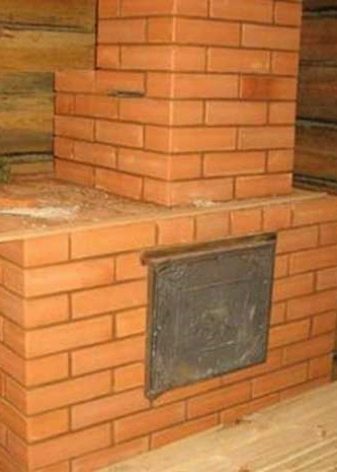
Brick laying takes place in a specific order. A brick stove consists of a firebox, cast iron or steel wheels, a chimney and a hot water coil.
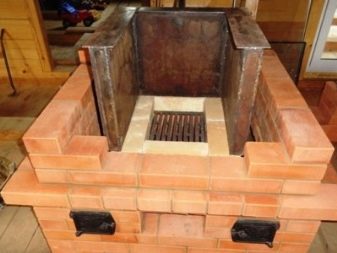
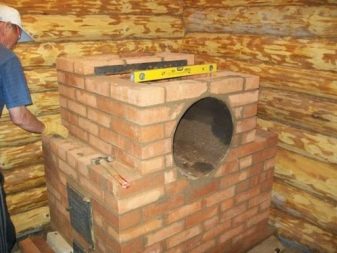
Made of metal
For the design of such furnaces, types of metal such as cast iron or steel are selected. Metal structures take up less space than brick models. They have good heat transfer rates.
Modern stoves now have two combustion chambers.while they are very mobile. One is for the use of solid fuel, and the other is for the combustible gas that is generated in the first compartment.
Due to this design, the efficiency of the furnace is increased by twenty percent.
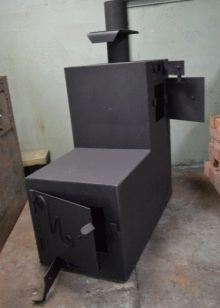
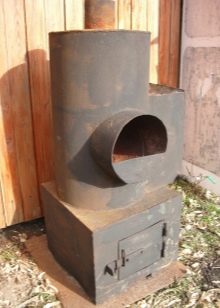
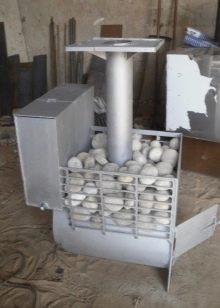
The only drawback of an iron stove is that its surface has a large area and gets very hot. Therefore, you need to be very careful not to get burned. This is called a gas installation. When self-designing a furnace made of iron, it is imperative to study the design itself and consult with experienced specialists in order to avoid accidents.

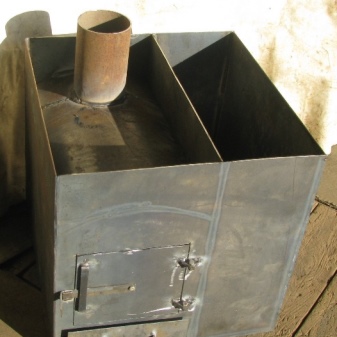
Selection Tips
When there is a choice of which stove to make for a bath, the preference is given to a model made of metal. Because the air heats up faster if you heat a metal stove. The heating process takes only an hour or two, while brick units can warm up for half a day. And in the modern world, no one likes to waste time waiting.
If we compare factory and home-made sauna stoves, then they do not differ much. First of all, it is the price, ease of installation and aesthetic side.
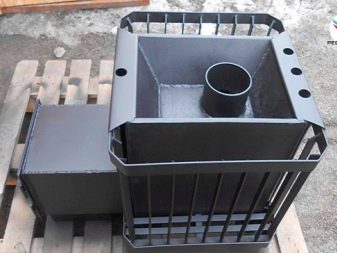

Factory
Such ovens have a beautiful and neat look. Manufacturers are constantly conducting new research, developing new technologies. Naturally, they also have their drawbacks. This is a high price, a thin material that quickly burns out in a bath, and the need to adapt to the factory design.
If this is a new room, then there are no special problems, but if the oven simply changes, installation will become a problem, because the room will have to be redone.
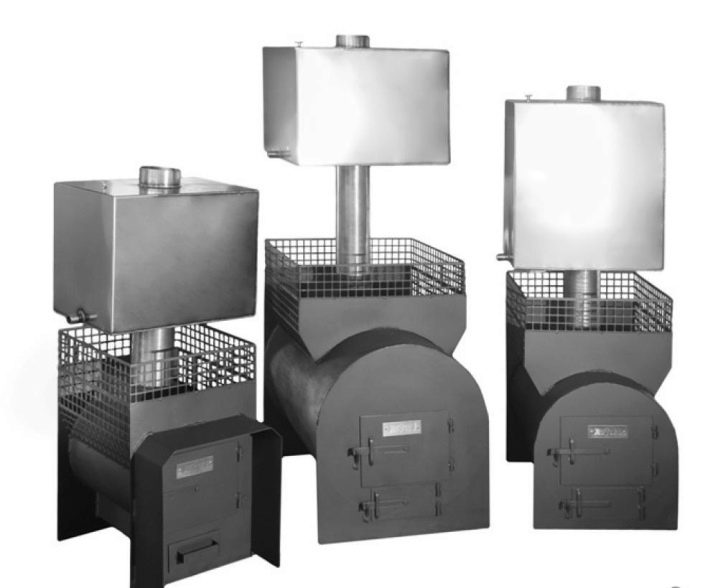
Homemade
Homemade ovens aren't bad enough. They are not only reliable, but also cheaper than factory units. They are made mainly of metal up to six millimeters thick. The view from the outside, of course, is not very beautiful, but the stove can be hidden behind a screen made of bricks.
Do not be afraid that do-it-yourself ovens will lag behind in technical terms from the factory ones. After all, real craftsmen just need to look at the finished product and they will be able to do the same.
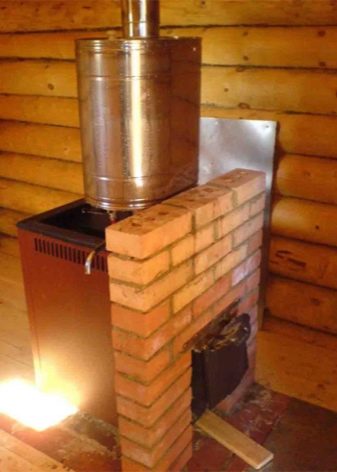
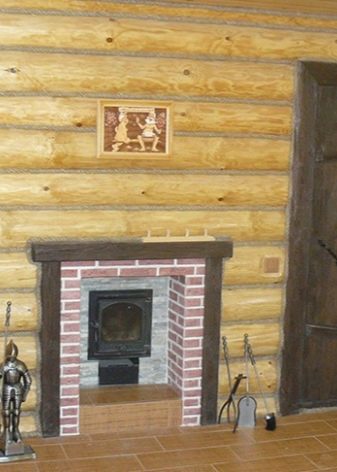
If the question is about what to make homemade stoves for a bath, then the answer is ambiguous. After all, each material has its own advantages and disadvantages. By using materials such as barrels or cylinders, one of the main problems can be avoided - seams. It is because of them that the destruction of the metal most often occurs.
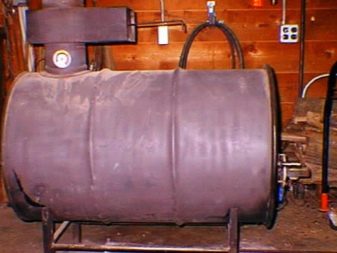
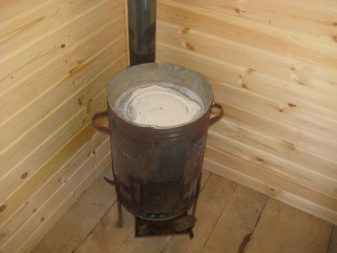
Kamenka
This is the most suitable option. The advantage of this model is its small dimensions, so it can be installed even in a compact steam room. Its standard width is 52 centimeters, the length is 103 centimeters, and the height excluding the pipe is 140 centimeters. Such a stove can even fit in washing rooms, which will save the area of the steam room.

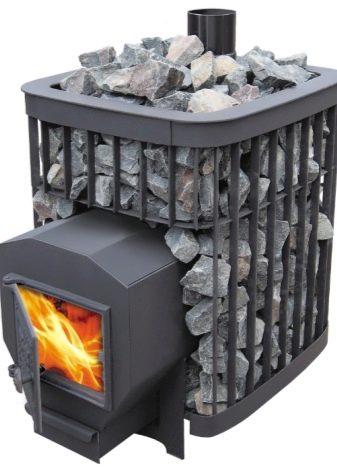
Iron stove
This stove is also very good. Its design includes steel pipes, from which smoke channels are made, and a firebox made of heat-resistant bricks. The advantage of this design in front of a completely metal one is that the brick heats up for a long time and cools down just as slowly. Thanks to this, the room remains warm for a very long time.
In addition to the firebox, all parts are made of steel or other metal.
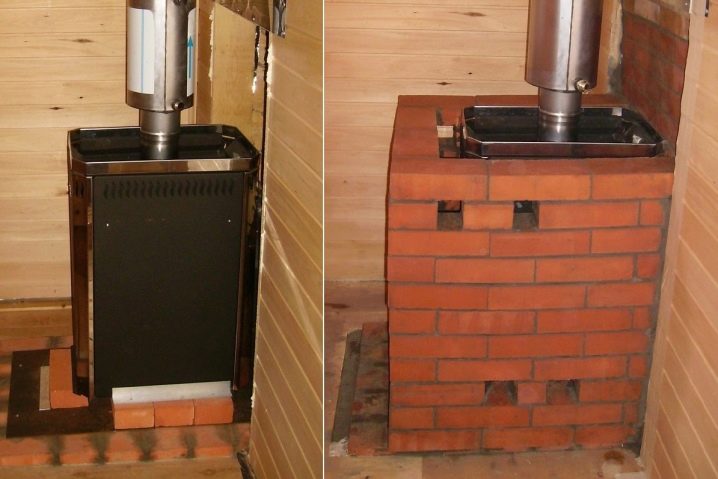
Wood burning
In such furnaces, the space inside the firebox is made of strong steel corners, as well as strips. The firebox itself is covered with a sheet of high-quality steel, in which a hole of about 15 centimeters is made, through which waste will be discharged after the firebox. Doors and frames can be found ready-made in stores.
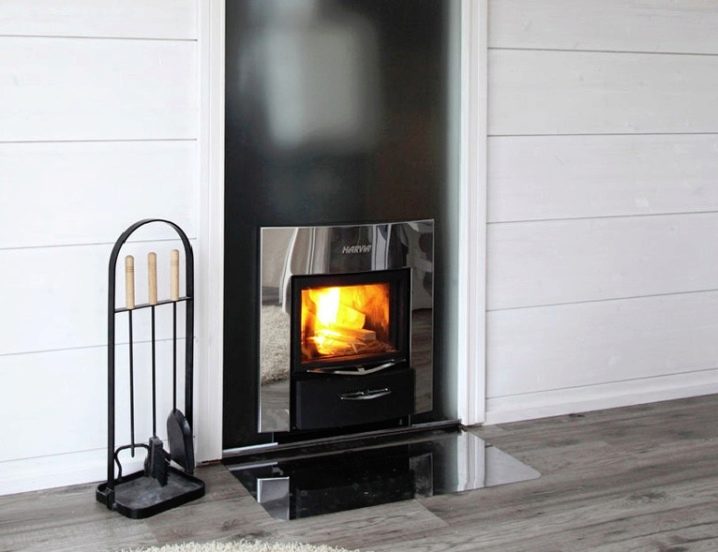
Manufacturing examples
Having decided to make a stove for a bath on your own, you need to get down to business thoroughly.Firstly, choose a project that suits the bath in the best way, and secondly, make drawings to make it easier to build. There are many options for sauna stoves, so anyone can create their own version, taking into account some basics.
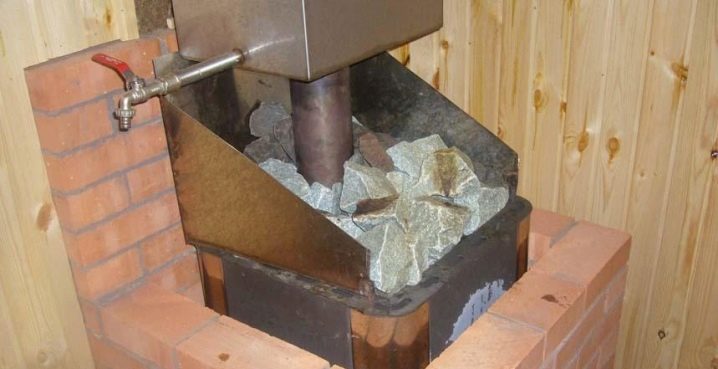
Here are some examples of homemade products.
Metal with tight-fitting stove
This option is possible for a steam room with a size of 2 by 3 and a height of 2.3 meters. The material, namely metal, is taken in sheet, three millimeters thick. The air is supplied to the upper part of the firebox. A metal plate is welded to the rear wall of such a furnace, air is supplied to the hole between the wall of the furnace and this plate by means of pipes. This helps to cool the back wall and blow hot air up where the flue gases are concentrated. When mixed, the substances ignite. Thanks to this, the stones are heated to high temperatures, although the firewood is much less.
Such models have appeared recently, but quickly gained popularity.
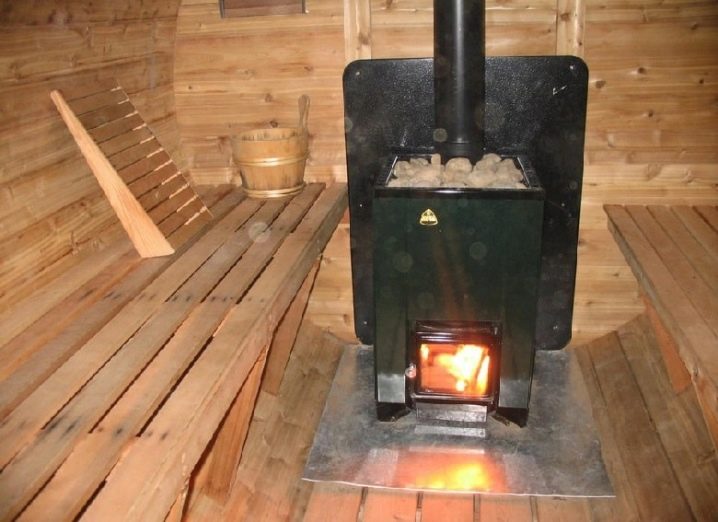
For a compact steam room
It is not difficult to build such a stove. For its construction, you will need a metal sheet up to five millimeters thick. If you take a thinner sheet, the stove will quickly burn out. Its dimensions are 90 cm long, 80 cm high and 60 cm wide. To create a chimney, a piece of pipe with a diameter of 11.5 cm is suitable. At the bottom there should be an ash pan with a door; between this part of the stove and the firebox, grate bars of cast iron and a stove are placed to carry out the removal of waste remaining after combustion. To do this, one third of the back wall of the stove is welded with a strong sheet of metal, where a chimney pipe is welded in the center, lowered down by 10-12 centimeters.
From above, the oven is covered with a metal lid up to one millimeter thick. It is she who does not allow the stones to cool down, and also prevents waste and ash from getting into the steam room. The lid opens only when needed, namely before going to the bathhouse.
At the end of the work, the seams are checked and everything that is done poorly is corrected. The oven is painted with a special heat-resistant varnish. Later, stones are laid.
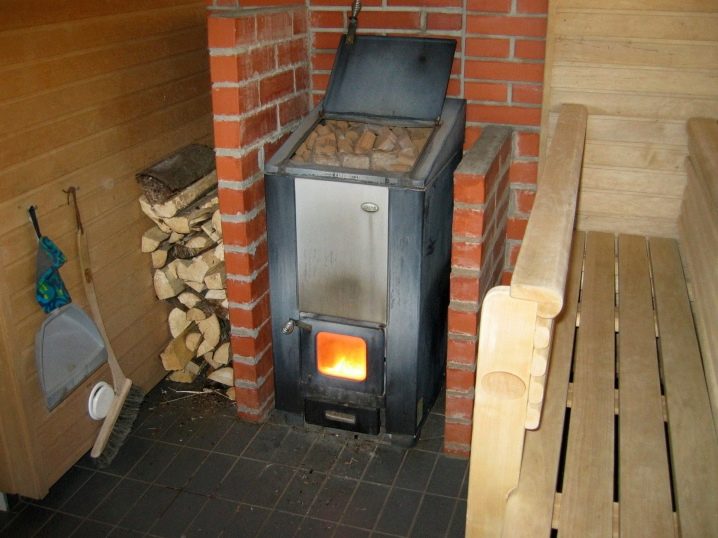
Simple heater
This is the best homemade stove, which is suitable for both a sauna and a simple bathhouse. The high temperature is reached in about an hour and a half. During this time, 50 liters of water necessary for bathing can boil. Such a stove has not one chimney, but two. The first is suitable for heating the room. The second is for the release of carbon monoxide and acrid smoke. The structure consists of sheets of iron 3-4 millimeters thick, but the firebox itself is made later. It is made of metal up to 6 millimeters thick. The kit also includes a small and large valve and two metal grilles.
The stove is made of steel up to three millimeters, which is attached to the “neck” of the firebox itself. Two branch pipes are placed on top, to which flanges are welded with the necessary holes for fixing the outlet pipe and for attaching the elbow.
If the stove is in contact with a wooden wall, then this side must be laid out with bricks.
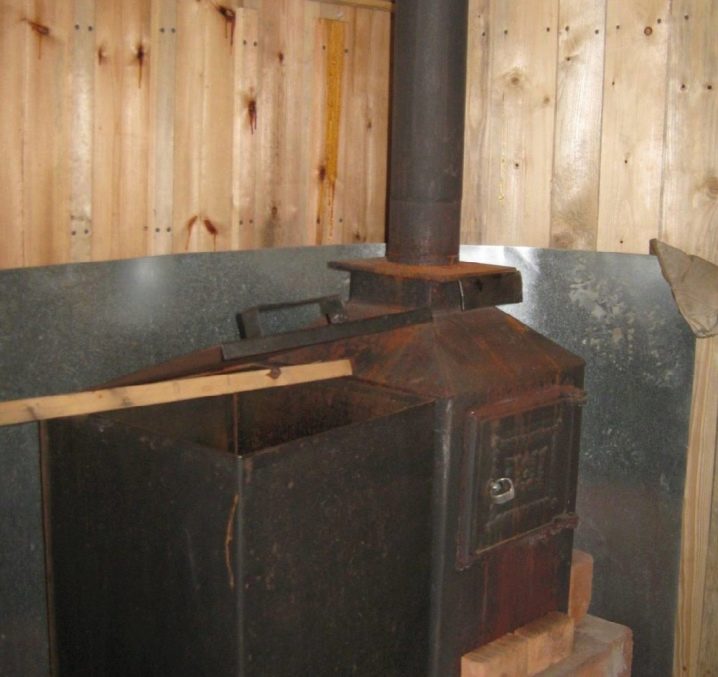
With brickwork
In this version, a double technology is used, that is, brickwork plus a metal body. Steel up to two millimeters is suitable here, and the brick must be heat-resistant.
First, a base is made to which the legs are weldedrequired for the stability of the structure. Then a row of bricks is laid out. The rest of the rows are built near the firebox in half a brick. Install a grate and a grate for stones. It is also necessary to install a shutter window, where heat will be stored after the end of the firebox. The last two rows are made solid, leaving only a place with a window for the chimney.

After finishing the brickwork and waiting until it hardens, you can proceed to welding the metal case, which plays the role of a case. It is necessary to cut out the metal for the ash pan and windows for loading. A door is installed, always with a seal. The metal base is supplemented with a cold handle.
The last lid is welded with a hole for the chimney. When the stove is installed in the place reserved for it, stones can be laid. Their bookmark plays an important role. After all, the efficiency of work also depends on this. It is better to take stones of a rounded shape and of different sizes from about 50 to 100 kilograms.
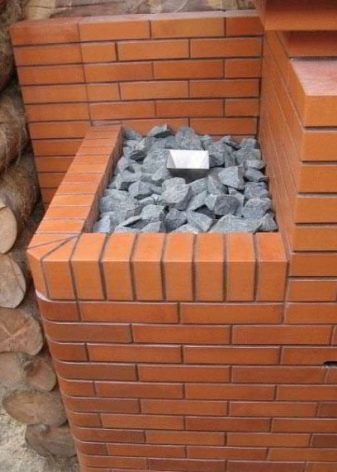

Having considered the types and designs of homemade stoves for a bath, we can say with confidence that making it with your own hands is quite a doable job, if all safety requirements are taken into account when installing it. This will save money for the family, and the stove itself will become the property and pride of the owner.
In the next video, you will see how to make a do-it-yourself sauna stove from a pipe.




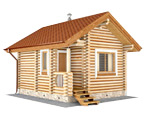
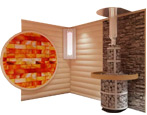
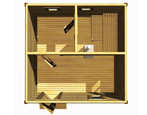
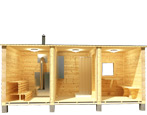
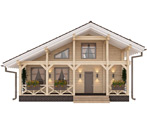
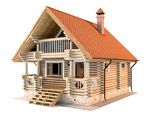


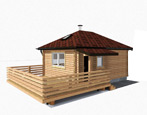
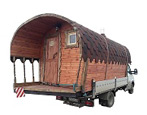


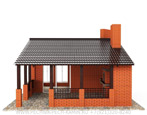

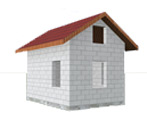

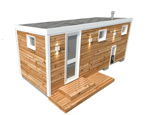
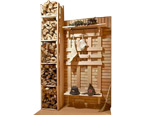
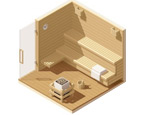
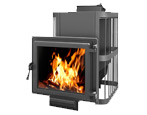
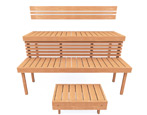
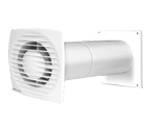

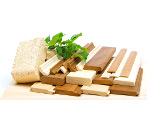


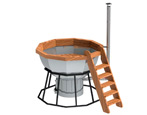
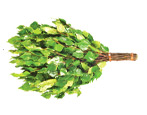
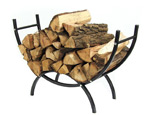
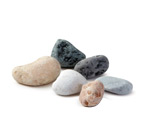
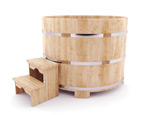
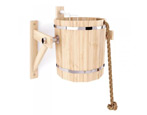
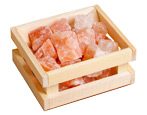

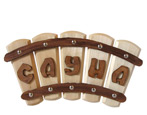
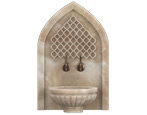

























































The comment was sent successfully.